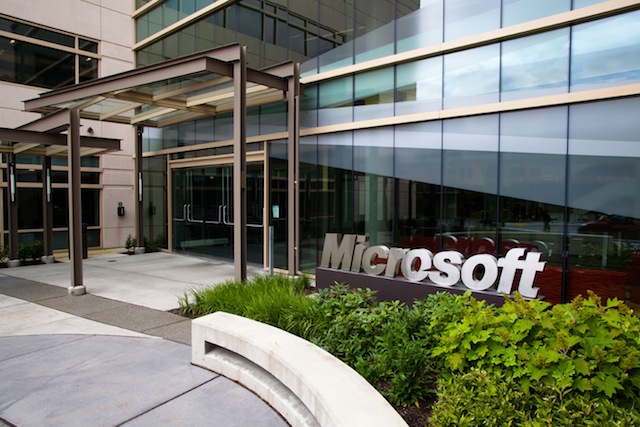Ben Thompson on his Stratechery blog speculates what Apple would be like were Steve Ballmer running the company.
Thompson makes an excellent point – that Ballmer has been very good in building a company driven by incentives like salaries, bonuses and titles. It describes Microsoft very well and highlights the companies strengths and weaknesses.
Were Ballmer to run Apple, Thompson concludes, it would be a far more profitable company than it is today but it would be fading into irrelevance just as Microsoft is.
That makes sense as Microsoft under Ballmer has been able to profit from the dominant market position it built up in the late 1990s, but the company has struggled against innovative competitors or the big market shifts following the arrival of smartphones and tablet computers.
Where Thompson is on more shaky territory is citing Amazon as another example of where profit is less important than innovation;
Amazon famously makes minimal profits; Microsoft made more money last year than Amazon has made ever, yet Amazon too is far more relevant in the consumer market today than is Microsoft.
Amazon may well be more relevant to the consumer market today than Microsoft, but that’s largely on the back of a business model built on shareholders subsiding customers – something that Apple has never done.
It may well be that when investors get sick of propping Amazon up, the company’s business model will have to change. Should Amazon have a Microsoft like dominance of the online retail or cloud computing markets then customers might be in for a nasty dose of sticker shock as profits are maximised.
Ultimately incentives are what shapes a company’s culture – whether the incentives are built around stack ranking, commissions or currying favour with the founder, they will determine how the business behaves.




